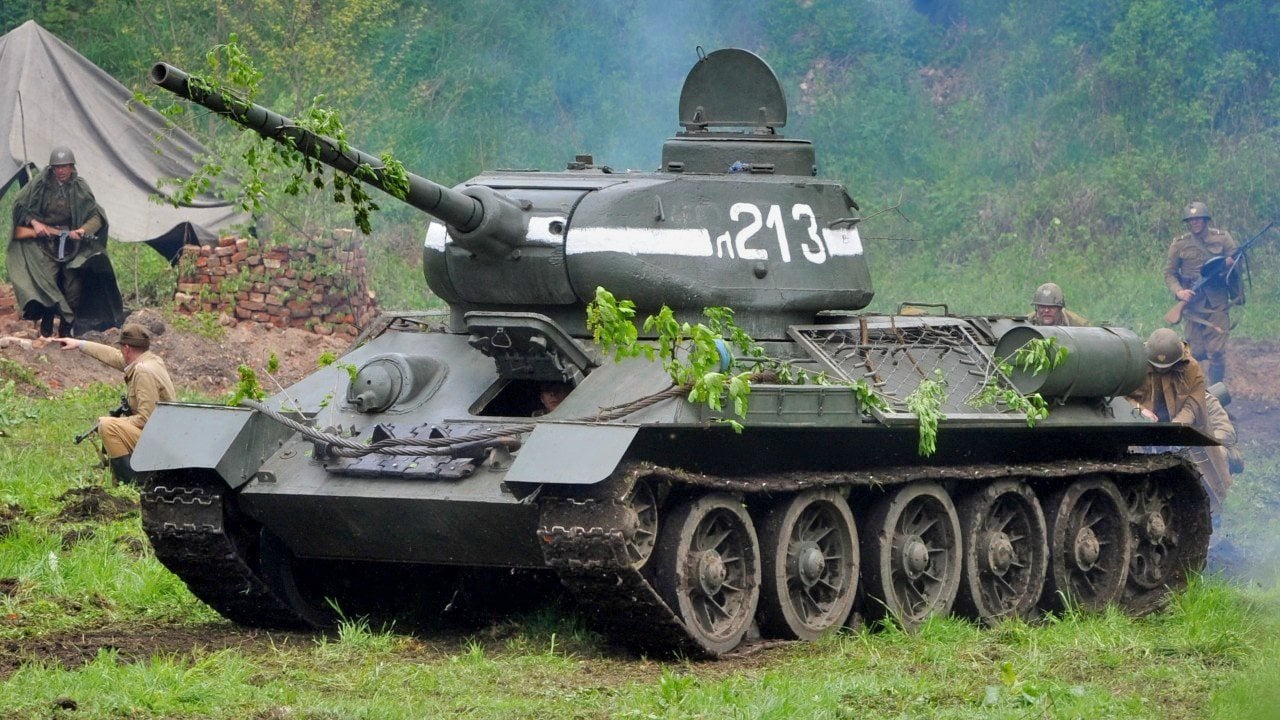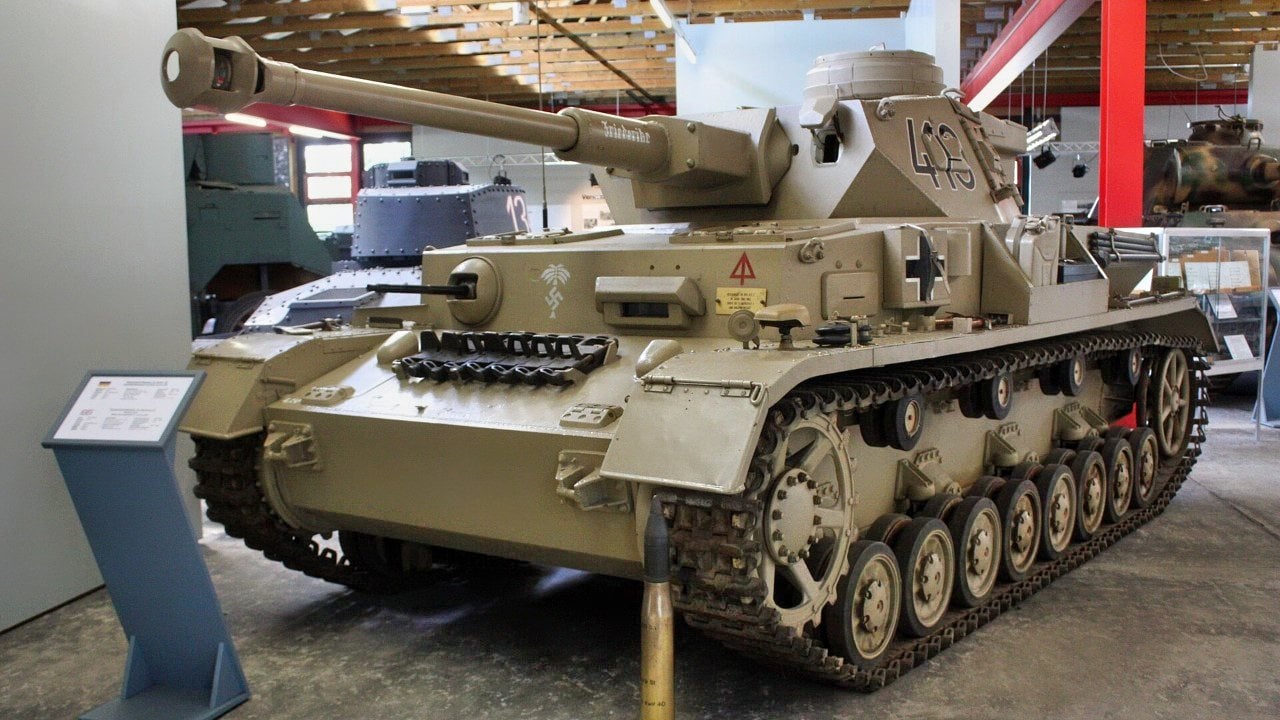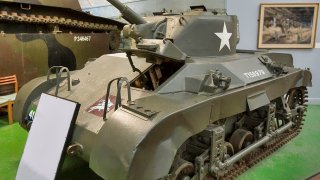M22 Locust Was a Real Flying Tank (Or More Like Flying Coffin)
After World War II, the M22 was quickly retired and largely forgotten, with its limitations preventing widespread use. An interesting postwar anecdote involved a farmer who attempted to use surplus M22s as tractors, only to find them impractical and difficult to maintain, a fitting end for a tank that never quite found its place on the battlefield.
What You Need to Know: After World War II, the M22 was quickly retired and largely forgotten, with its limitations preventing widespread use. An interesting postwar anecdote involved a farmer who attempted to use surplus M22s as tractors, only to find them impractical and difficult to maintain, a fitting end for a tank that never quite found its place on the battlefield.

M22 Locust: The U.S. Tank That Couldn't Keep Up in World War II
Several tanks are famously associated with World War II. The British had their Cromwell and Vickers tanks. The Soviets had the T-34. The Germans had their Panzers, of course. And the Americans had the Sherman. But the Americans had built another tank that did not transcend and is not commonly remembered: the M22 Locust, a light airborne tank. The reason the M22 is not well remembered: it wasn’t a very good tank.
M22: Delivered by Air
In 1941, the Brits requested from their American allies a tank that could be transported onto the battlefield with a glider – in essence, a flying tank. The idea called for a tank that could be towed inside a glider that was being towed behind an airplane. Naturally, a smaller tank would more easily transport within a glider. Accordingly, the new tank would have light armor and a light main gun. But a tank with light armor was not necessarily the most practical in the gauntlet of the European theater.
As many have noted, the M22 Locust was almost obsolete from the start of its use. There were many reasons for this, but a lot of the problems were due to the strict requirements put on its weight as an airborne tank, the armor was meager.

This created other, more obvious issues. The tank’s hull armor was a maximum thickness of just under a half-inch, and some sloped portions of the hull were only about a third of an inch thick. That meant the tank could not last long in an intense battle.
The M22 didn’t have much offensive value either; armed with a tiny 37mm gun, the M22 just couldn’t match the defensive measures of German armored vehicles. The M22 also suffered from frequent mechanical problems and an underpowered engine. Between the weak armor, the weak gun, and the weak engine, the M22 were deeply ineffective on the battlefield. Although, the M22 often struggled just to get to the battlefield in the first place.
“During Operation Varsity, the largest one-day airborne operation in history, a number of Locusts were lost before being put into combat,” Larson wrote. “Despite excellent flying conditions and fine weather, several Locust tanks were lost due to their glider transports breaking up while in flight. Several slow-moving unpowered gliders were also shot down due to German anti-aircraft fire. Another couple of locusts suffered damage to their turrets and main guns due to less-than-smooth landings.”
Its Light Weight Was Just One of the Flaws
The problems didn’t end there. Extensive testing demonstrated that loading the M22 onto transport aircraft was time intensive. Six untrained men needed 24 minutes to load the M22 onto a C-54 transport. Another ten minutes were needed to unload the M22. The 34-minute total load/unload time provided the enemy an excellent opportunity to attack a concentrated and vulnerable target.
The M22 was basically obsolete the moment it rolled off the production line; after World War II, the Brits never used the tank again. An Illinois farmer, named Kamiel Dupre, found a use for the M22, however. In the June 3, 1946 issue of Life magazine, an article appeared featuring Dupre and the two surplus M22s he had bought for $100 each from the Rock Island arsenal.
Dupre intended to use one of the M22s as a farm tractor (and the other for spare parts). Dupre was disappointed in his purchase, however, finding the M22 difficult to use and difficult to maintain.
About the Author: Harrison Kass
Harrison Kass is the Senior Defense Editor with over 1,000 published articles. An attorney, pilot, guitarist, and minor pro hockey player, he joined the US Air Force as a Pilot Trainee but was medically discharged. Harrison holds a BA from Lake Forest College, a JD from the University of Oregon, and an MA from New York University. He lives in Oregon and listens to Dokken. Follow him on Twitter @harrison_kass. Email the author: [email protected].
Image Credit: Creative Commons.
From the Vault


